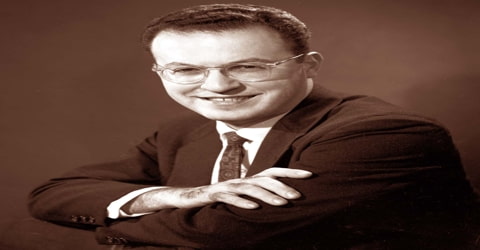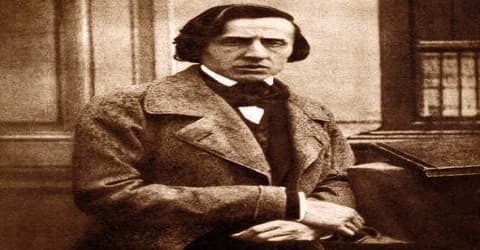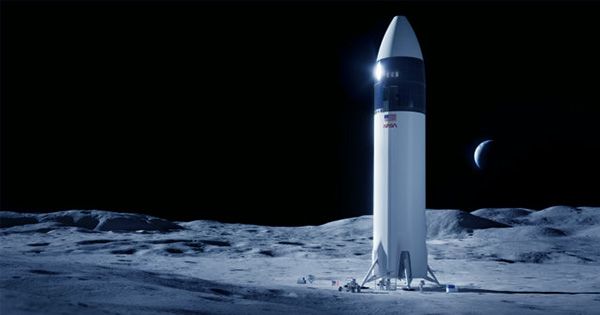Biography of Donald A. Glaser
Donald A. Glaser – American physicist and neurobiologist.
Name: Donald Arthur Glaser
Date of Birth: September 21, 1926
Place of Birth: Cleveland, Ohio, United State
Date of Death: February 28, 2013 (aged 86)
Place of Death: Berkeley, California, United State
Occupation: Physicists, Neurobiologists
Father: William J. Glaser
Mother: Lena Glaser
Spouse/Ex: Ruth Bonnie Thompson (m. 1960), Lynn Bercovitz (m. 1975)
Children: Louise Ferris Glaser and William Thompson Glaser
Early Life
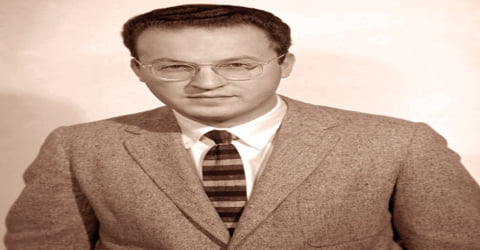
An American physicist and recipient of the 1960 Nobel Prize for Physics for his invention (1952) and development of the bubble chamber, a research instrument used in high-energy physics laboratories to observe the behavior of subatomic particles, Donald A. Glaser was born on September 21, 1926, in Cleveland, Ohio, U.S. to Russian Jewish immigrants, Lena and William J. Glaser, a businessman.
Glaser began his career as a physicist, focusing on studies regarding elementary particles. However, he constantly changed his field of study and took up research in molecular biology and neurobiology at the later stages of his career. As part of his employment, he had got the opportunity to work at prestigious universities like the University of Michigan and the University of California at Berkeley. Here, along with teaching, he was allowed to work as a full-time researcher. He was also among the founding members of one OF the first biotechnology companies that developed medicines for cancer treatment by utilizing revolutionary technology. Donald A Glaser was awarded the Nobel Prize for Physics in the year 1960 for his invention of the ‘Bubble Chamber’.
Childhood, Family and Educational Life
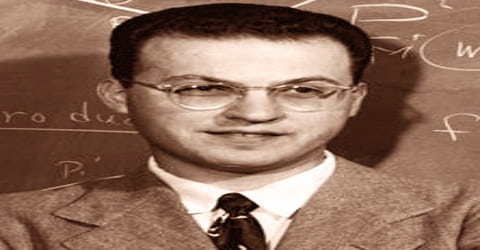
Donald A. Glaser, in full Donald Arthur Glaser, was born on 21 September 1926 at Cleveland in Ohio, to a businessman, William J Glaser, and his wife, Lena.
Glaser did his early education in public schools in Cleveland Heights, Ohio. He then did a B.Sc. in physics and mathematics at the Case Institute of Technology, graduating in 1946. His thesis focused on his research, an electron diffraction study of the properties of thin metallic films evaporated onto crystalline metal substrates.
Glaser completed his Ph.D. in physics from the California Institute of Technology in 1949. Glaser accepted a position as an instructor at the University of Michigan in 1949 and was promoted to professor in 1957. He joined the faculty of the University of California at Berkeley, in 1959, as a Professor of Physics. During this time his research concerned short-lived elementary particles. The bubble chamber enabled him to observe the paths and lifetimes of the particles.
While pursuing his Ph.D. in Physics, Glaser worked with renowned physicist Carl David Anderson on cloud chambers and cosmic rays. His thesis for doctoral studies was ‘The Momentum Distribution of Charged Cosmic Ray Particles Near Sea Level’.
Personal Life
In 1960, Donald A. Glaser married Ruth Bonnie Thompson and the couple had two children: named Louise Ferris Glaser and William Thompson Glaser. Louise grew up to become a pediatrician while William went on to become the CEO of a computer-related company. In 1975, he married musician and painter Lynn Bercovitz.
Glaser enjoyed music and played the piano, violin, and viola. He went to Cleveland Heights High School, where he became interested in physics as a means to understand the physical world.
Career and Works

Immediately after obtaining his Ph. D in physics, in 1949, Donald A. Glaser took up a position at the University of Michigan that involved teaching as well as opportunities for research. His interest in particle physics led him to work with Nobel laureate Carl David Anderson, studying cosmic rays with cloud chambers. He preferred the accessibility of cosmic ray research over that of nuclear physics. While at Caltech he learned to design and build the equipment he needed for his experiments, and this skill would prove to be useful throughout his career. He also attended molecular genetics seminars led by Nobel laureate Max Delbrück; he would return to this field later. Glaser completed his doctoral thesis, The Momentum Distribution of Charged Cosmic Ray Particles Near Sea Level, in 1949.
After that, his work was with the development of various types of bubble chambers for experiments in high-energy nuclear physics. Glaser also carried out experiments in elementary particles at the Bevatron of the Lawrence Radiation Laboratory in California and the Cosmotron of the Brookhaven National Laboratory in New York.
A few years later, in 1957, Glaser was promoted to the rank of a professor. While he was teaching at the University of Michigan, he spent a lot of his time studying elementary particles. He made use of several experimental methods and combined that with his knowledge of diffusion cloud chambers. These studies laid the foundation of his creation of the ‘Bubble chamber’ in 1952.
Glaser conducted research with Nobelist Carl Anderson, who was using cloud chambers to study cosmic rays. Glaser, recognizing that cloud chambers had a number of limitations, created a bubble chamber to learn about the pathways of subatomic particles. Because of the relatively high density of the bubble-chamber liquid (as opposed to the vapor that filled cloud chambers), collisions producing rare reactions were more frequent and were observable in finer detail. New collisions could be recorded every few seconds when the chamber was exposed to bursts of high-speed particles from particle accelerators. As a result, physicists were able to discover the existence of a host of new particles, notably quarks. At the age of 34, Glaser became one of the youngest scientists ever to be awarded a Nobel Prize.
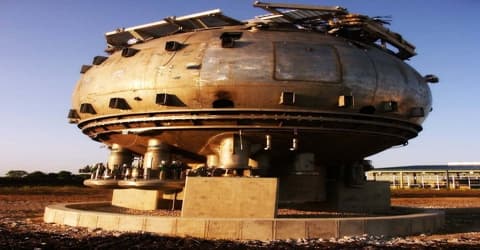
The ‘Bubble Chamber’
The ‘Bubble chamber’ was developed as a vessel containing transparent liquid that is superheated, thereby enabling the detection of electrically charged particles through it. For his experiments, he used ether; however, he also used hydrogen in his later trials and confirmed that it could also be used in the bubble chamber. This invention was a significant achievement in science, as scientists could monitor the high beams from an accelerator with this creation. His other research work involved the study on elementary particles at the Cosmotron of the Brookhaven National Laboratory and the Bevatron of the Lawrence Radiation Laboratory. These studies gave an understanding of the life span, ways of decay, and spin of subatomic particles like L° hyperon, K° meson, and S° hyperon.
Glaser’s new invention was ideal for use with high-energy accelerators, so Glaser traveled to Brookhaven National Laboratory with some students to study elementary particles using the accelerator there. The images that he created with his bubble chamber brought recognition of the importance of his device, and he was able to get funding to continue experimenting with larger chambers. Glaser was then recruited by Nobel laureate Luis Alvarez, who was working on a hydrogen bubble chamber at the University of California at Berkeley. Glaser accepted an offer to become a Professor of Physics there in 1959.
In the early 1960s, Glaser decided to concentrate on the new field of molecular biology. As a graduate student, he had been interested in the work of Physicist Professor Max Delbruck who was researching the genetics of microorganisms. His research proved that the genetic molecules DNA and RNA in organisms are identical to human cells. Thus, the biotechnology industry began. Glaser and his students focused on studying the control of DNA synthesis in bacteria. A study of mutations in cultivated Chinese hamster ovary cells caused abnormal sensitivity to ultraviolet light, the exposure of which converted the mutated cells into cancer cells. The genes involved are also found in humans and lead to xeroderma pigmentosum in humans.
After winning the Nobel Prize, Glaser began to think about switching from physics into a new field. He wanted to concentrate on science and found that as the experiments and equipment grew larger in scale and cost, he was doing more administrative work. He worked in UC Berkeley’s Virus Lab (now the Biochemistry and Virus Laboratory), doing experiments with bacterial phages, bacteria, and mammalian cells. Glaser studied the development of cancer cells, in particular, the skin cancer xeroderma pigmentosum. As with the bubble chamber, he used his experience designing equipment to improve the experimental process. He automated the process of pouring out agar, spreading culture, and counting colonies of cells using a machine he called the dumbwaiter. It took photographs, administered chemicals, and had a mechanical hand to pick up colonies.

In 1968, Glaser founded the Berkeley Scientific Laboratory along with Bill Wattenberg. The primary aim was to automate diagnostic processes; however, the association was brief. As molecular biology became more dependent on biochemistry, Glaser again considered a career change. His experience automating visual tasks in physics and molecular biology led him to an interest in human vision and how the brain processes what is seen. He began to work on computational modeling of the visual system and visual psychophysics and spent a sabbatical at the Rowland Institute.
In 1971 Glaser co-founded the Cetus Corp., a biotechnology company that developed interleukin-2 and interferon for cancer therapy. The firm was sold (1991) to Chiron Corp., which was later acquired by Novartis. In the 1980s Glaser turned to the field of neurobiology and conducted experiments on vision and how it is processed by the human brain.
Awards and Honor
Donald A. Glaser won numerous awards for his work including the Henry Russell Award from the University of Michigan in 1953, the Charles Vernon Boys Prize of the Physical Society, London (1958). The American Physical Society Prize (1959).
In 1960 Donald A. Glaser was awarded the Nobel Prize in Physics for his invention of the bubble chamber.
Death and Legacy
Donald A. Glaser died in his sleep at the age of 86 on February 28, 2013, in Berkeley, California, U.S. He is survived by his wife, Lynn Glaser, his daughter, Louise Glaser, his son, William Glaser, and his grandson Aaron Cohen, granddaughters Emily and Katherine Schreiner and Caroline and Julia Glaser.
Donald A Glaser was a prominent figure in the world of science. He is remembered for his creation of the ‘Bubble chamber’ that assisted in the development and establishment of several theories and phenomenon in physics.
Information Source:
